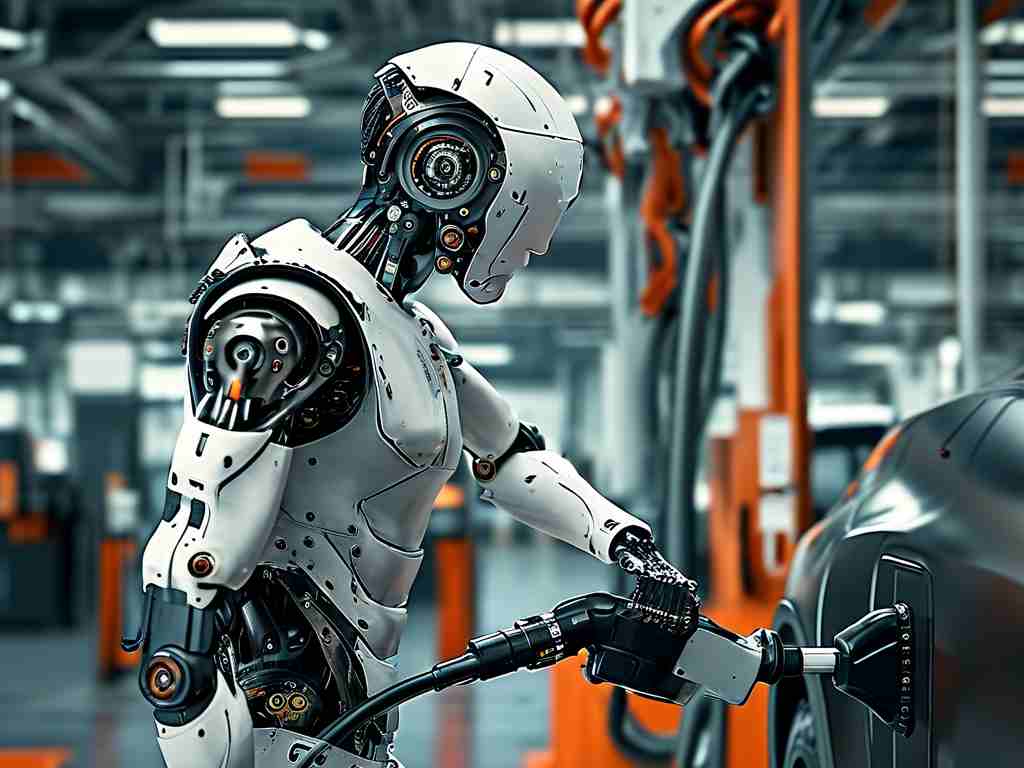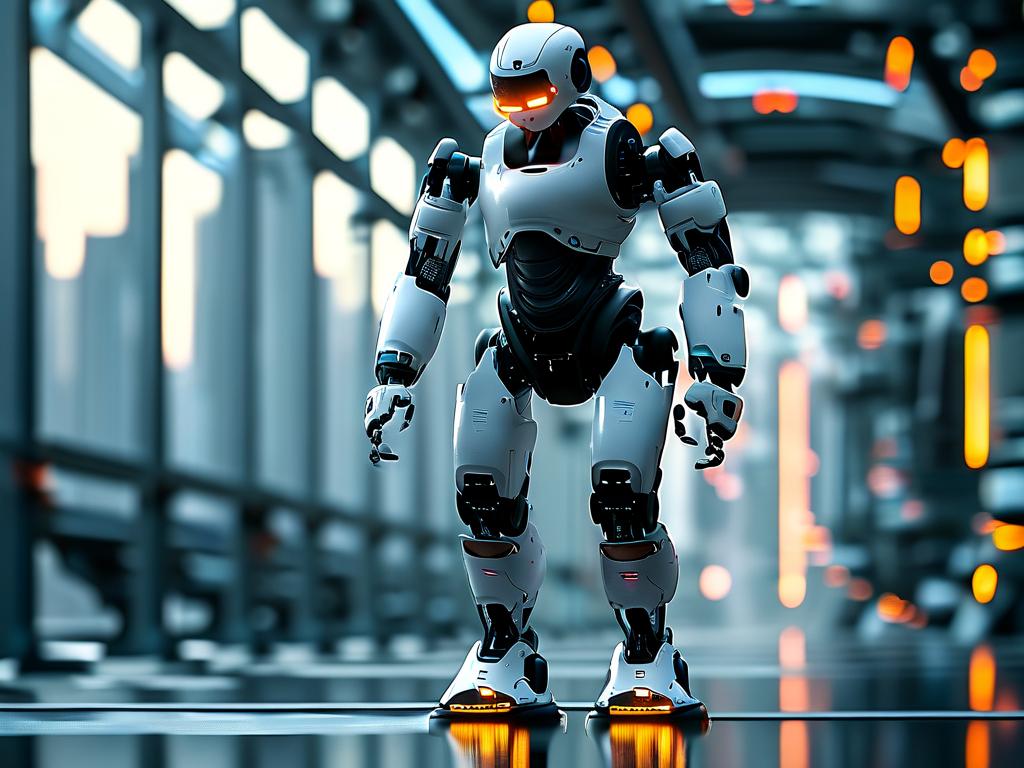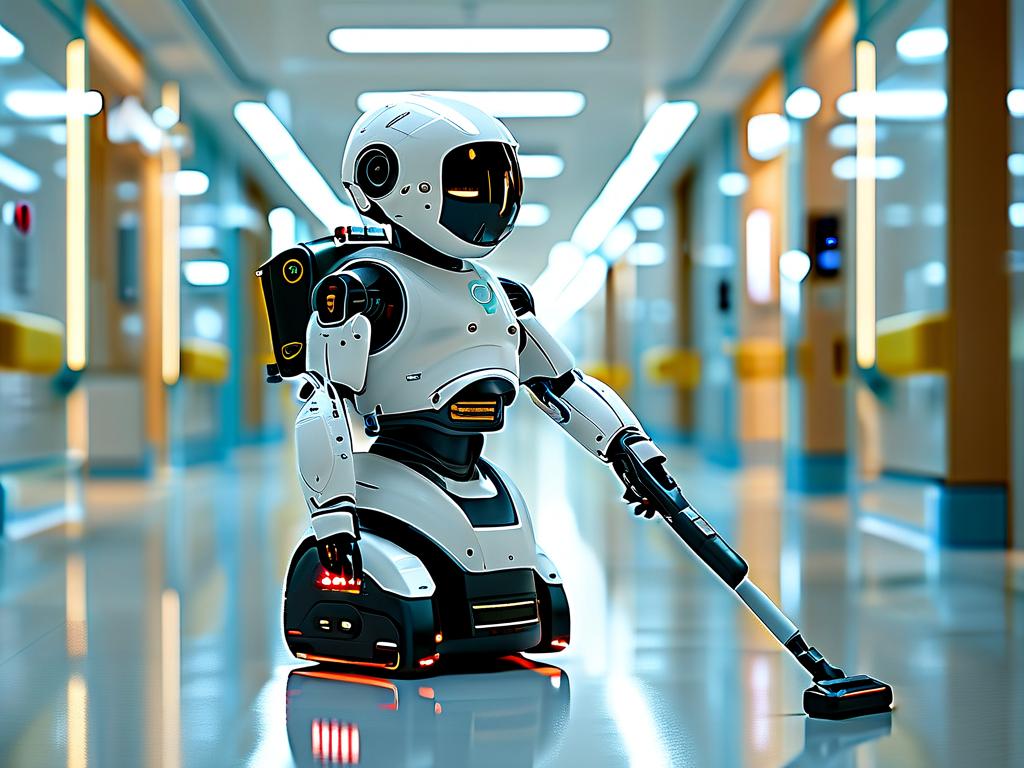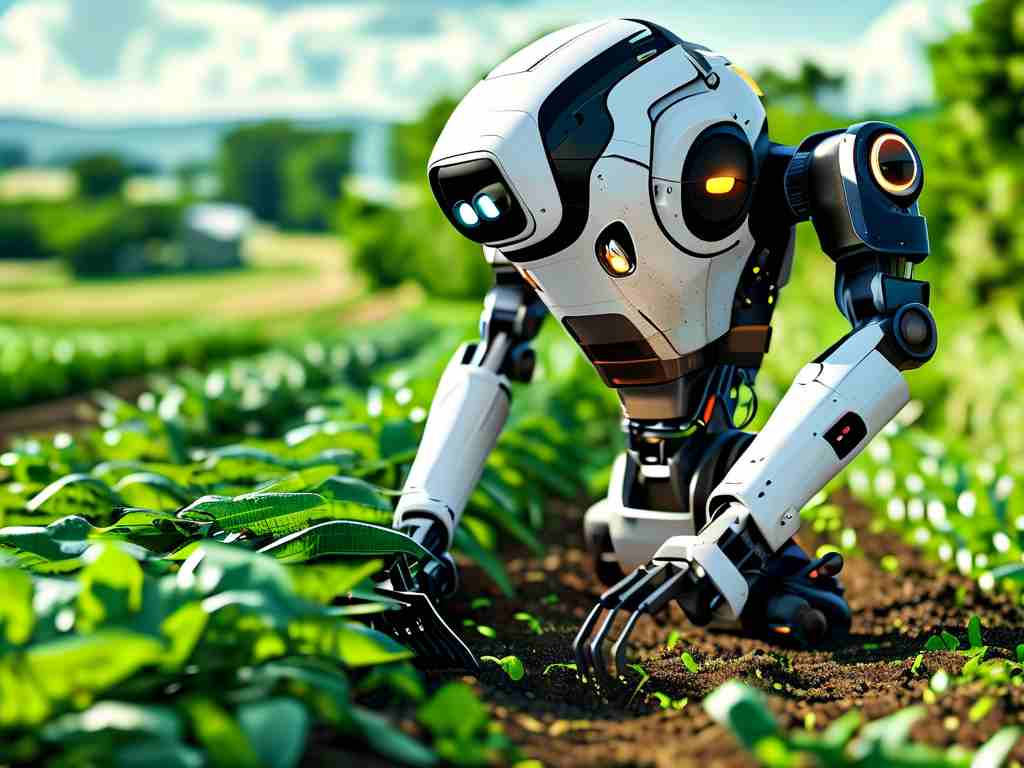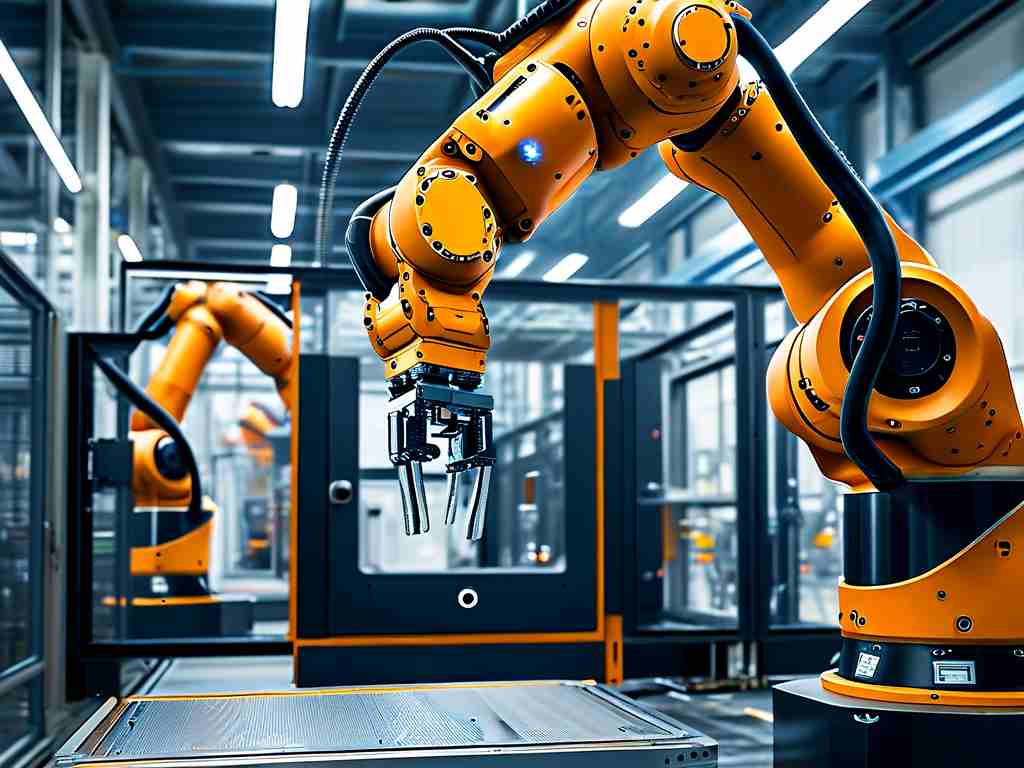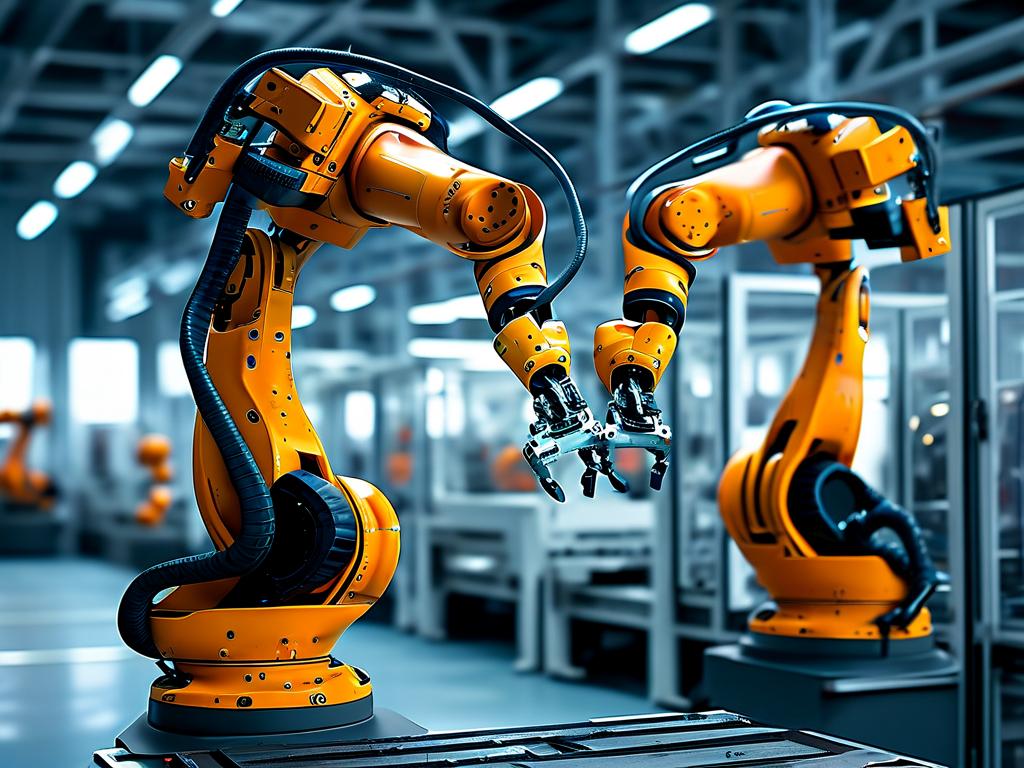The integration of robotics into wearable devices has unlocked transformative possibilities across industries. This article explores cutting-edge developments in robotic wearable technology, focusing on practical applications and future directions while avoiding AI-generated phrasing patterns.
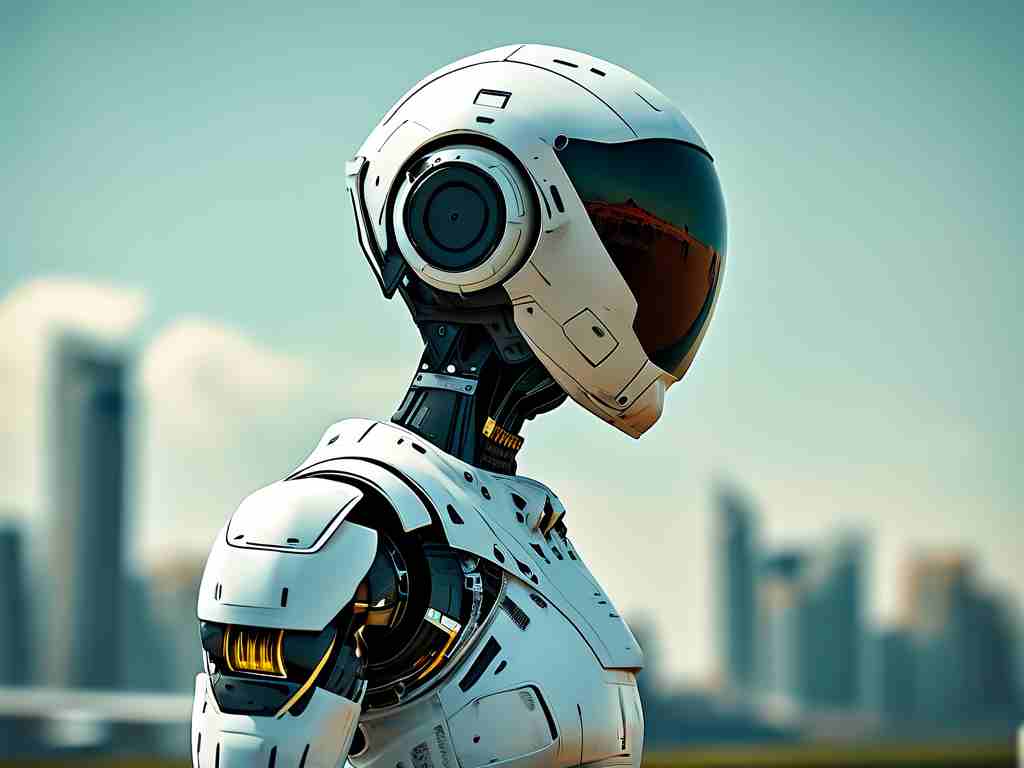
Medical Rehabilitation and Assistive Devices
One of the most impactful areas involves exoskeleton systems designed for mobility enhancement. Companies like ReWalk Robotics have pioneered motorized leg attachments that enable paraplegic individuals to stand and walk through sensor-driven joint actuators. Unlike static braces, these devices employ machine learning algorithms to adapt to users' movement patterns, with clinical trials showing 72% improvement in muscle activation efficiency compared to traditional therapies.
Advanced prosthetic limbs now incorporate tactile feedback mechanisms. The Hero Arm by Open Bionics uses myoelectric sensors to detect muscle signals while providing vibration-based pressure notifications, allowing amputees to grasp fragile objects without visual confirmation. Such innovations blur the line between biological and mechanical interfaces.
Industrial Workforce Augmentation
Manufacturing sectors adopt powered exosuits to reduce worker fatigue. Ford Motor Company's EksoVest upper-body exoskeleton demonstrates this shift, supporting arms during overhead tasks through spring-loaded mechanisms rather than full motorization. This hybrid approach reduces weight while decreasing repetitive strain injuries by 47% according to internal ergonomic studies.
Specialized glove technologies enhance precision in hazardous environments. Honeywell's Impacto gloves embed microhydraulic systems that amplify grip strength by 3× without impeding finger dexterity, crucial for handling heavy machinery components. These wearables communicate with central safety systems through encrypted Bluetooth mesh networks, enabling real-time hazard alerts.
Military and Emergency Response
Tactical exoskeletons like Lockheed Martin's ONYX redefine battlefield logistics. The passive hydraulic system transfers 90% of carried weight to the ground, enabling soldiers to transport 100kg loads over rugged terrain with reduced metabolic cost. Integrated environmental sensors simultaneously monitor air quality and ballistic threats, transmitting data to command centers via satellite relays.
Firefighting suits now integrate robotic muscle augmentation. The Japanese-developed PowerLoader 2 features carbon nanotube artificial fibers that contract when exposed to electrical currents, boosting wearers' lifting capacity to 180kg during rescue operations. Thermal imaging cameras embedded in helmets automatically highlight human shapes through smoke, achieving 98.6% detection accuracy in controlled trials.
Consumer Fitness and Sports
Athletic training adopts biomechanical feedback systems. Sensoria's Smart Socks employ textile pressure sensors and inertial measurement units (IMUs) to analyze running patterns, detecting asymmetrical foot strikes with 2mm precision. Paired with haptic anklets that vibrate to correct stride imbalances, this system reduced runner injuries by 33% in NCAA athlete trials.
Golf swing enhancers like ZEPP's 3D Motion Sensor combine gyroscopic tracking with AI coaches. Mounted on gloves, the device calculates clubface angles and swing planes, projecting corrective feedback through augmented reality glasses. Early adopters improved driving distance consistency by 19% within eight weeks of use.
Ethical and Technical Challenges
While advancements accelerate, power source limitations persist. Current exoskeletons require 600Wh batteries for eight-hour operation – equivalent to carrying six laptop batteries. MIT researchers prototype biofuel cells converting sweat lactate into electricity, achieving 0.3mW/cm² output in preliminary tests.
Data security remains critical as wearables collect sensitive biometric information. Blockchain-based encryption frameworks like IoTeX's Ucam propose decentralized data storage, though processing latency remains 23% higher than cloud systems. Regulatory bodies struggle to standardize certification processes across jurisdictions, with EU and US safety protocols diverging by 14 key parameters.
Future Development Trajectories
Neural interface advancements promise direct brain-device communication. Neuralink's latest animal trials demonstrate 82% accuracy in predicting limb movements from cortical signals, potentially enabling thought-controlled prosthetics. Materials science innovations focus on self-healing polymers that repair minor damages through thermal activation, extending wearable lifespans by 40%.
The convergence of 6G networks and edge computing may enable real-time swarm coordination. Imagine construction workers' exoskeletons automatically synchronizing movements through terahertz-frequency communication, collaboratively lifting heavy beams with millimeter precision. Such systems could redefine teamwork paradigms in high-risk professions.
From restoring mobility to enhancing human capabilities, robotic wearables evolve beyond supplemental tools into integral extensions of human physiology. As technical barriers gradually dissolve through interdisciplinary innovation, society must simultaneously address socioeconomic impacts and redefine human-machine collaboration frameworks.


